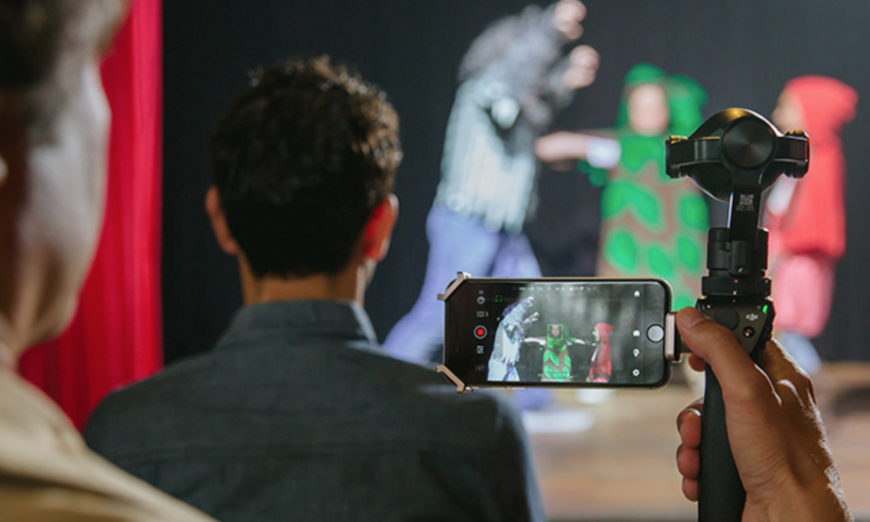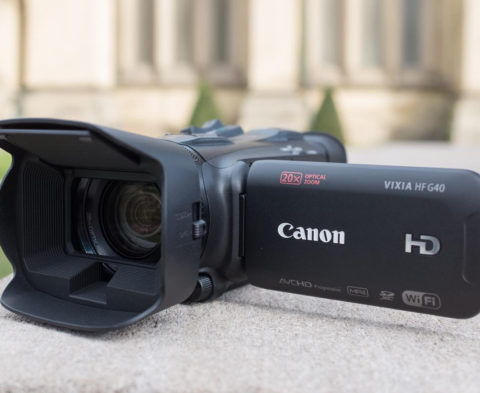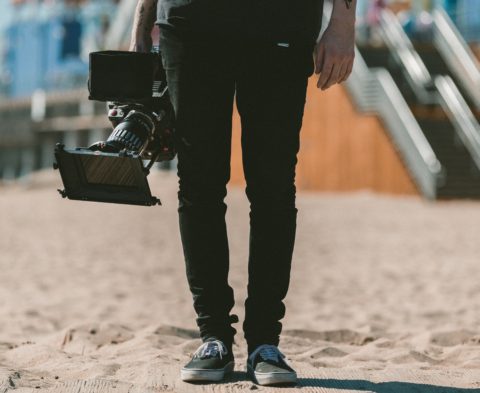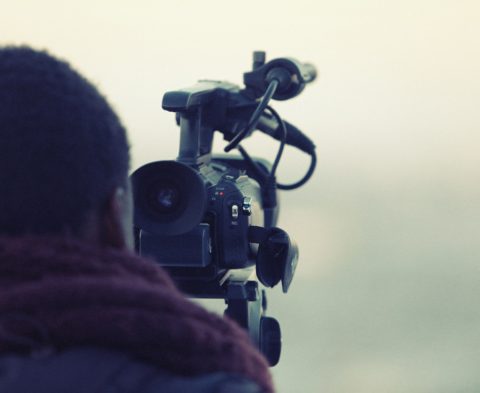There’s no better way to relive and recount your travel adventures than through photos and videos. Often, though, you find yourself in a rush to capture those unexpected moments, and images and footage end up blurry. Adding a handheld gimbal like the DJI Osmo+ to your kit is an affordable and portable way to get that fluid, cinematic effect, even while running through forests or climbing over rocks.
We asked photojournalist Kibae Park to try out the DJI Osmo + while on assignment in Kyoto, Japan to see how it stacked up.
As a multimedia video producer, I work with international organizations on their public information campaigns, taking still pictures and videos about global issues in developing countries and refugee camps in war torn areas.
Typically, I use a Sony HXR-NX3 Camcorder to shoot video, but I always feel that I need an extra handheld camera with stabilization to help me shoot smoother video. It can be tough to get usable B-roll or candid shots on the streets of people and moving vehicles so I wanted to try out the highly recommended DJI Osmo Plus camera.
The Osmo Plus features a 4K camera capable of capturing DCI 4K (4096 x 2160) resolution at 24/25 fps, Ultra HD 4K (3840 x 2160) at up to 30 fps, 2.7K, and Full HD 1080p at 24-120 fps. – and it also shoots sharp 12MP still photos. The Osmo+ is also designed with advanced stabilization that will shoot smoother video, and optimized for increased stability during stills capture. With 3.5x optical and 2x digital zoom, the Osmo Plus also offers up to 7x zoom when shooting in Full 1080p resolution, and up to 3.5x zoom at all other resolutions.
Here’s a short video of my experiences in Kyoto using the DJI Osmo Plus:
And here are my conclusions:
Image Quality: It takes great video and still images! I am very impressed with the 4K video results.
Stabilization: It has a reliable stabilization, especially when on a moving vehicle or when walking, and the ability to work with z axis adapter is a nice option to have.
Panning: When the camera is panning and zooming with the 4-point axis, it takes very smooth video comparable to a tripod-mounted camera.
Minimum focus distance: It is pretty decent, and I could get actually get a nice shallow depth of field (DOF). However, when I was in a tight shot and then pulled away, the AF would not work unless I tapped on the screen.
Audio: Audio can be captured via an on-board mic or an included external FlexiMic, which plugs into the front of the gimbal handle and unobtrusively points in the direction of the subject. I was told that the original DJI Osmo camera had the sound issues. Without an external microphone, the camera records the hum of the devices internal fan, as well as the vibration of the gimbal motors. To improve the issues, DJI issued a free FlexiMic. Unfortunately, it does not dramatically improve sounds quality of video footage record. I suggest you keep the FlexiMic at least 20cm away with MIC extension cord or use external microphone to record clearer sounds.
Motion time-lapse: Great results and easy to use! But on your phone you’ll end up with not just a preview of the final video (which is nice) but I got every single frame individually sent to my gallery as well.
Accessories: It is also compatible with a variety of support accessories, such as a Bike Mount, that will allow you to expand your usage.
Connection with smartphone: With this Osmo+, you will need to create a DJI account and register with the Go App. This is inconvenient because, first you need to connect to the Osmo+, and for the SN you will then need to connect to your own WiFi to allow the application to activate your Osmo+. It takes too long to get up and running.
Overall, the Osmo Plus is a great rig and met my requirement as a second camera on location. It is a great rig, though not for everyday use. In the hands of a video lover the Osmo Plus is a great setup producing awesome results as advertised.
Thank you for reading.
Kibae Park is a photojournalist and documentary photographer currently working at Humber College in the School of Media Studies & IT.
He has documented socio-economic issues as a photography and visual communications consultant of the United Nations in various locations across Asian countries and refugee camps in war torn areas at the grassroots level, to visually and effectively show the real story through multimedia. As a contributor to SIPA Press, the foremost photo-press agency in France and Getty Images, his work has appeared in publications worldwide.






